The Very Large Scale Integration (VLSI) technology has revolutionized the way we live by allowing a wide range of cutting-edge systems and gadgets. We can create systems using a lot more transistors on a single IC because to this integration. EDA tools and complicated hardware components like field programmable gate arrays (FPGAs) and complex programmable logic devices (CPLDs) enable the creation of special-purpose systems that outperform general-purpose computers in terms of efficiency. Gordon Moore, a pioneer in the field, projected that the number of transistors that could be produced on a chip would increase exponentially in the 1960s. He created the now-famous Moore's Law. The final forecast made by Moore was that the number of transistors will double every 18 months. The number of transistors per chip has grown about every year over the past thirty years. The increasing complexity of integrated circuits is well shown by the Intel microprocessors.
The bread board method was used to design integrated circuits prior to the development of VLSI technology. In the bread board method, the system is assembled on a breadboard utilising the available digital ICs. The system is then evaluated to see if it produces the desired outcomes, and a prototype is created. If the system is successful, it is sent for a silicon wafer; if an error occurs, the entire silicon wafer becomes waste, and the designer must rethink the entire system. As a result, it took several years to build a whole digital system on a single chip, but now that VLSI technology has been developed, both the time to market and the cost of designing digital ICs have decreased. This is made possible by the programmable hardware devices and EDA tools that are readily available today.
This article briefs you about what is VLSI design, why doing VLSI based projects are so important, VLSI final year projects done by Takeoff Projects for ECE students.
Why VLSI projects are important?
The need for VLSI skilled workers is increasing along with the design and manufacturing sectors' expansion. If you want to start a career in the semiconductor sector, you should be well-versed in the types of employment and career paths available in the VLSI industry.
Therefore, more expertise and knowledge in VLSI can be gained through the creation of custom VLSI projects of your own choice. VLSI projects are usually significant at the engineering level and are particularly helpful for students studying ECE and EEE. The top VLSI based projects you might start working on are covered in this blog.
Few VLSI Final Year Projects
VLSI based projects are normally done by both UG students and PG students during their final year. Hence the top VLSI project ideas for both the UG and PG students are given in the subsequent section through the list of VLSI final year projects done by us. But before that let’s look onto the brief descriptions and explanations about the few VLSI final year projects.
Improved High Speed or Low Complexity Memristor-based Content Addressable Memory (MCAM) Cell
In this study, a brand-new method for non-volatile Memristor-based Content Addressable Memory MCAM cells is suggested. It combines Memristor with CMOS processing technology to provide high-speed read/write operations at high packing densities and low power dissipation. The suggested cell's memory cell consists of just two memristors, and the CMOS controlling circuitry employs latching to shorten the writing time.
Implementation of FPGA signed multiplier using different adders
This project implements a signed multiplier using several adders. The fundamental circuits used in many applications are multipliers. As unsigned multipliers restrict the use of signed multiplication, a signed multiplier is designed in this case. Adders are used throughout the reduction process to produce the finished product. Different adders, including CLA, CSA, BKA, and HCA, are used, and multiplies produced with these adders are compared.
Design of Approximate Multiplier less DCT with CSD Encoding for Image Processing
In this study, an approximate canonical signed digit (CSD) encoding for discrete cosine transformations (DCT) with image processing is presented. In constant multiplication, two approximation techniques for CSD encoding are suggested. Utilizing the association between neighbouring pixels in the picture data and these two coding methods, a rough DCT architecture is provided.
A New Energy-Efficient and High Throughput Two-Phase Multi-Bit per Cycle Ring Oscillator-Based True Random Number Generator
To reduce the amount of power lost to unnecessary oscillations, a new lightweight TRNG design is suggested in this research. In order to boost throughput, random bits are extracted from both phases of the slow ROs, and the fast RO is only activated during the brief period of time between two slow ROs that are symmetrical in design.
A Three-Stage Comparator and Its Modified Version With Fast Speed and Low Kickback
The three-stage comparator in this study features an additional amplification step in comparison to the conventional two-stage comparators, increasing the voltage gain and speed. The three-stage comparator allows for the use of nMOS input pairs in both the regeneration stage and the amplification stage, further enhancing speed. This is in contrast to the conventional two-stage structure, which employs pMOS input pairs in the regeneration stage.
Also read : VLSI Based Mini Projects
Top VLSI Project Ideas for Final Year
Top VLSI project ideas for UG and PG final year students are given in this section through the complete list of VLSI final year projects.
Top VLSI Project Ideas for UG Final Year
The top VLSI final year projects done by us for the UG final year students are listed below. You can refer to these so that you can get some ideas in doing VLSI based projects.
A Novel Approximate Adder Design using Error Reduced Carry Prediction and Constant Truncation
Low-Power Ternary Multiplication using Approximate Computing
Approximate Adiabatic Logic for Low-Power and Secure Edge Computing
Accuracy-Configurable Radix-4 Adder with a Dynamic Output Modification Scheme
Low-Power Multiplexer Structures Targeting Efficient QCA Nanotechnology Circuit Designs
Design and Implementation of Arbitrary Point FFT Based on RISC-V SoC
A Fully Synthesizable All-Digital Phase-Locked Loop with Parametrized and Portable Architecture
SAM: A Segmentation based Approximate Multiplier for Error Tolerant
Inexact Signed Wallace Tree Multiplier Design Using Reversible Logic
A Low-Power Timing-Error-Tolerant Circuit by Controlling a Clock
Constant-time Synchronous Binary Counter with Minimal Clock Period
Design and Analysis of Approximate Compressors for Balanced Error Accumulation in MAC Operator
Design and Verification of 16 bit RISC Processor Using Vedic Mathematics
Top VLSI Project Ideas for PG Final Year
The top VLSI final year projects done by us for the PG final year students are listed below. You can refer to these so that you can get some ideas in doing VLSI based projects.
A Low-Power and High-Accuracy Approximate Multiplier With Reconfigurable Truncation
Power Efficient Clock Pulsed D Flip Flop Using Transmission Gate
Performance Analysis of Full Adder based on Domino Logic Technique
Low-Power Retentive True Single-Phase-Clocked Flip-Flop With Redundant-Precharge-Free Operation
Design of Two Stage Operational Amplifier and Implementation of Flash ADC
BTI and Soft-Error Tolerant Voltage Bootstrapped Schmitt Trigger Circuit
An Efficient Modified Distributed Arithmetic Architecture Suitable for FIR Filter
RandShift: An Energy-Efficient Fault-Tolerant Method in Secure Nonvolatile Main Memory
High-Speed Area-Efficient VLSI Architecture of Three-Operand Binary Adder
Data Retention based Low Leakage Power TCAM for Network Packet Routing
High-Speed and Area-Efficient Scalable N-bit Digital Comparator
Conclusion
This blog article gives you some important tips about the basic concepts of VLSI. Then the reason behind their significance is also stressed in “Why to do VLSI final year projects”. Then the VLSI project ideas are suggested to the students based on list of VLSI based projects done by Takeoff Projects.
Also read : Verilog Projects for ECE
Why Takeoff Projects? How can it help with the VLSI Final Year Projects?
Takeoff Projects has a segment of experts and teachers with specific expertise in VLSI and ECE. Takeoff Projects has also helped a lot of students complete their projects from a range of businesses. We can efficiently accomplish your VLSI based projects from start to finish in the allowed time. Additionally, we offer suggestions on how to raise the acceptance rate of your current VLSI Final Year Projects. You may choose your own VLSI project ideas or get ideas from our list of VLSI projects ideas.
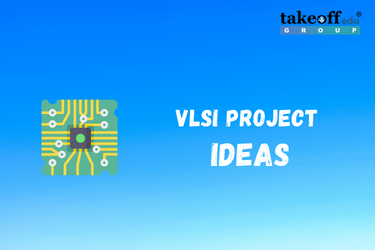
 Design and Analysis of Multi-Protocol Conversion Unit for SPI, I2C and UART
Design and Analysis of Multi-Protocol Conversion Unit for SPI, I2C and UART  Design of Polar Codes in 5G New Radio
Design of Polar Codes in 5G New Radio  Design & Study the Performance of CMOS Based Ring Oscillator for 5G Mobile Communication
Design & Study the Performance of CMOS Based Ring Oscillator for 5G Mobile Communication 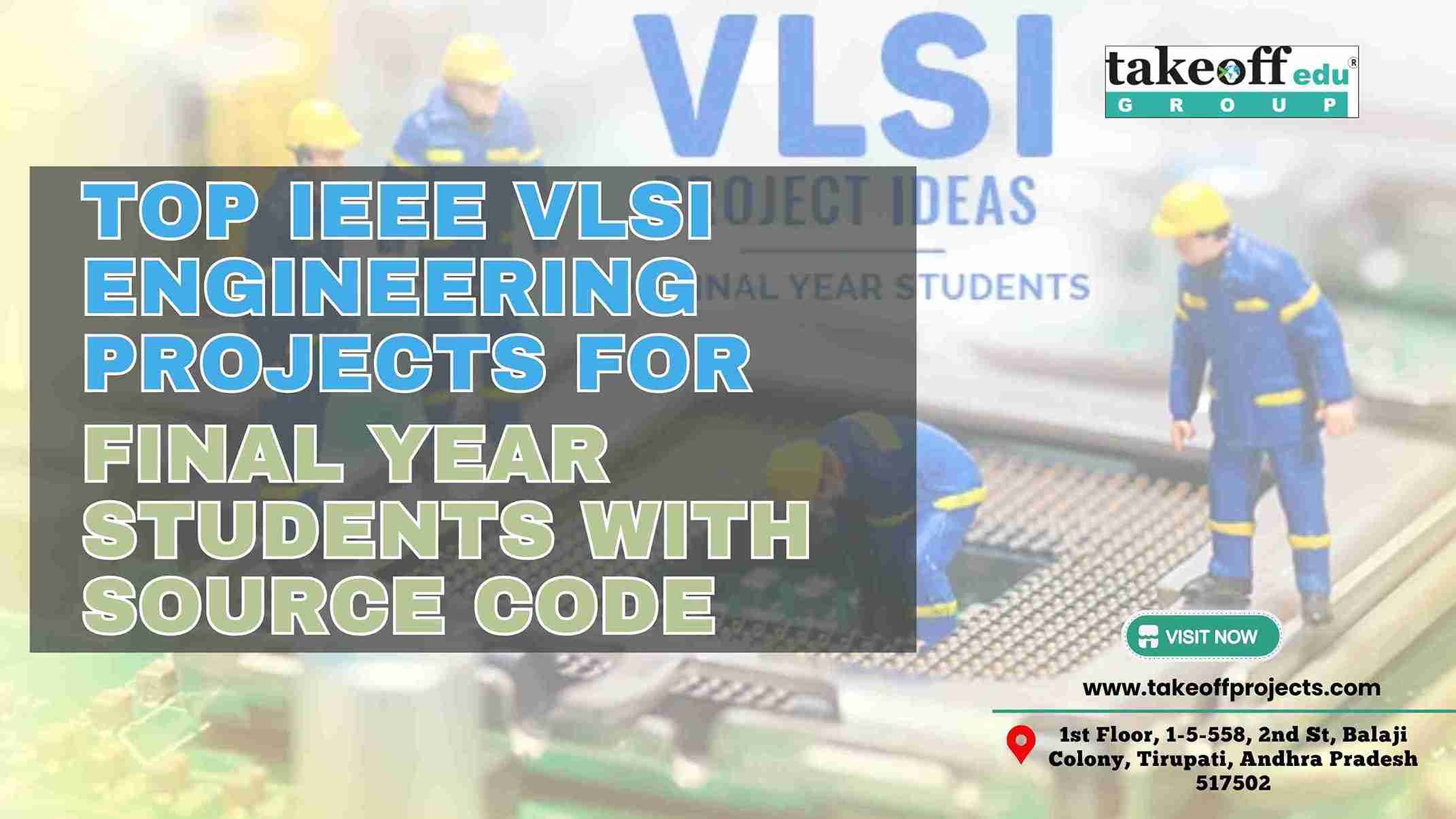 Top IEEE VLSI Engineering Projects For Final Year Students with Source Code
Top IEEE VLSI Engineering Projects For Final Year Students with Source Code  Best VLSI Projects for ECE Students
Best VLSI Projects for ECE Students 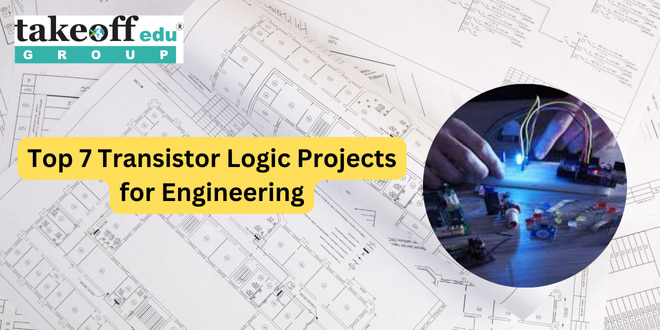 Top 7 Transistor Logic Projects for Engineering
Top 7 Transistor Logic Projects for Engineering 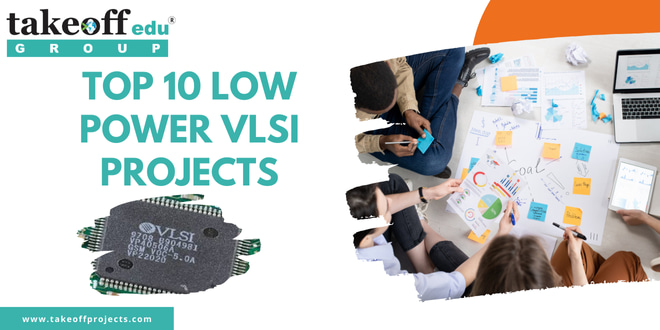 Top 10 Low Power VLSI Projects
Top 10 Low Power VLSI Projects  Top 5 Nano Technology Projects using VLSI
Top 5 Nano Technology Projects using VLSI  Top 6 Communications Projects for Students
Top 6 Communications Projects for Students 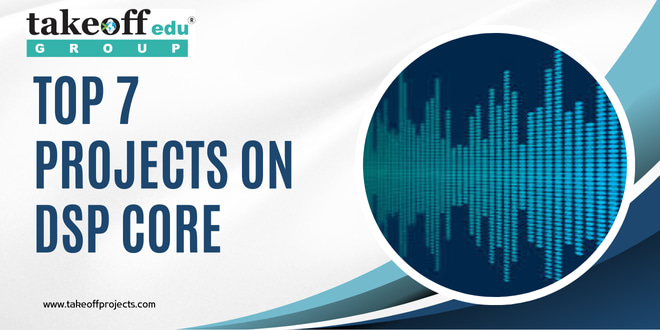 Top 7 Projects on DSP Core
Top 7 Projects on DSP Core  Top 5 Projects on Arithmetic Core
Top 5 Projects on Arithmetic Core  Top 7 Projects on Finite State Machines
Top 7 Projects on Finite State Machines 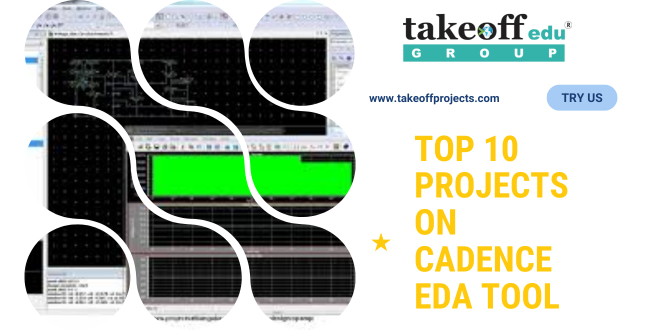 Top 10 Projects on Cadence EDA Tool
Top 10 Projects on Cadence EDA Tool 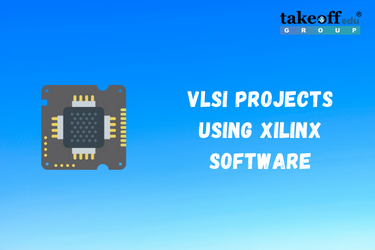 FPGA Final Year Projects for Electronics Students
FPGA Final Year Projects for Electronics Students  Verilog Projects for ECE
Verilog Projects for ECE 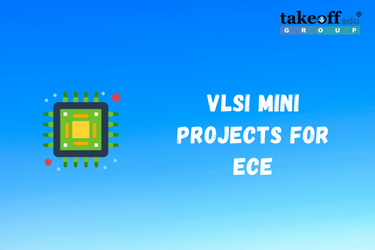 VLSI Mini Projects for ECE Department Students
VLSI Mini Projects for ECE Department Students 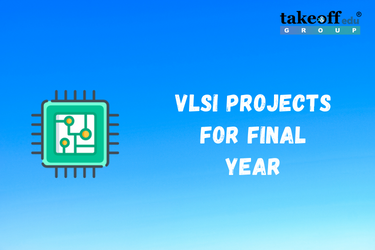 VLSI Projects for Final Year
VLSI Projects for Final Year 
 Paper Publishing
Paper Publishing


